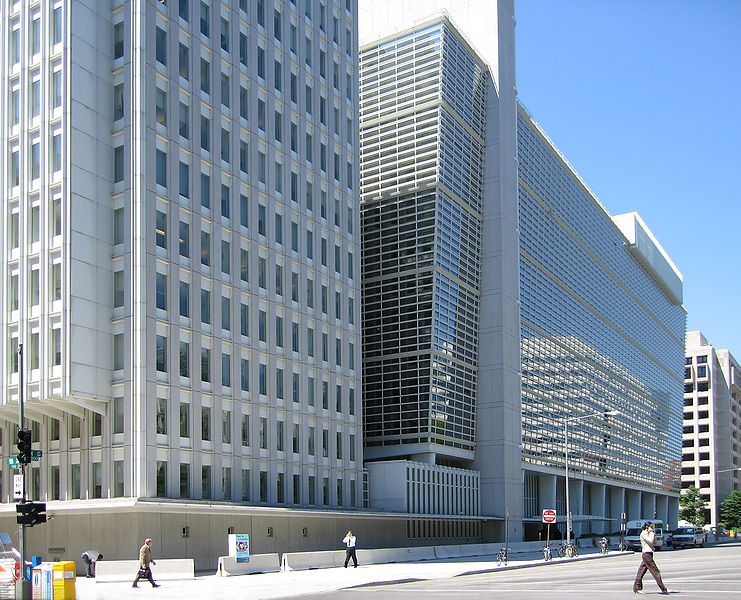“Anti-Corruption in Aid-Funded Procurement: Is Corruption Reduced or Merely Displaced?” by Elizabeth Dávid-Barrett and Mihály Fazekas, evaluates data from organizations receiving or bidding on World Bank funds to determine whether recent narrowly targeted anti-corruption interventions are effective in reducing corruption. The authors report evidence suggesting that reforms are effective in the targeted areas, but that evasive tactics used by corrupt individuals largely cancel out these positive effects.
Despite making considerable investments in fighting corruption over the past several decades, international development agencies are often criticized for failing to make a significant impact. The tendency for reforms to be broad and ambitious, in addition to measuring corruption levels in aggregate at the country level, has made it difficult to assess changes in the prevalence of corruption. Because of these issues, development organizations have shifted to more targeted anti-corruption interventions. While these targeted programs seem to achieve their intended goals, some studies show increasing evidence that corrupt individuals simply adapt their behavior and find new loopholes to exploit.
The authors theorize that if corruption is more tightly controlled in some parts of the public procurement process, corrupt actors will respond strategically by attempting to corrupt different aspects of the procurement process. To test this theory, the authors collected and analyzed a large dataset of World Bank contracts[1] over 12 years in over 100 transitioning and developing countries. The study created proxy indicators for corruption risk by measuring adherence to and deviation from procurement regulations intended to ensure openness. Where there is a deviation, the authors consider it a “red flag,” as it may indicate deliberate manipulation of a process by a corrupt official to favor a particular company and gain a private advantage.
The authors find that targeted corruption reform efforts which seek to broaden access to public procurement by targeting tender advertisement and submission are somewhat effective, because they decrease corruption by lowering competition. At the same time, however, the authors find that evasive measures by corrupt individuals largely cancel out the positive effects that these reform efforts provide. Corrupt individuals evade reforms by shifting corruption techniques from more tightly controlled procurement procedures to less tightly controlled procedures (i.e., sole-sourcing or negotiated procedures), and by exploiting remaining loopholes in the procurement framework more intensively. The study suggests that even well designed and implemented anti-corruption programs may have difficulty in successfully reducing corruption if corrupt actors are able to utilize evasive strategies to adapt their behavior to regulatory conditions.
Based on their findings, the authors recommend the following policy advice:
- Reformers should expect that corrupt individuals will attempt to use evasive strategies. As such, reformers should be prepared to monitor behavior beyond the target area, as well as be ready to adapt programming as necessary.
- Given that public procurement datasets are increasingly available, an iterative approach may be utilized such that corruption displacement effects can be readily identified and addressed one by one, until most major loopholes are closed. The authors argue that increasing the cost of partaking in corruption only is effective if the cost increases across the entire public procurement process.
- Reformers should target root social and political conditions that foster corruption and work towards building a culture of integrity.
[1] The dataset contains only high-risk “prior-review contracts,” contracts awarded to organizations that were reviewed by the World Bank at key stages throughout the procurement cycle such as call for bids or award decisions.
NOTE: This summary is produced by the Rule of Law Collaborative, not by the original author(s).

